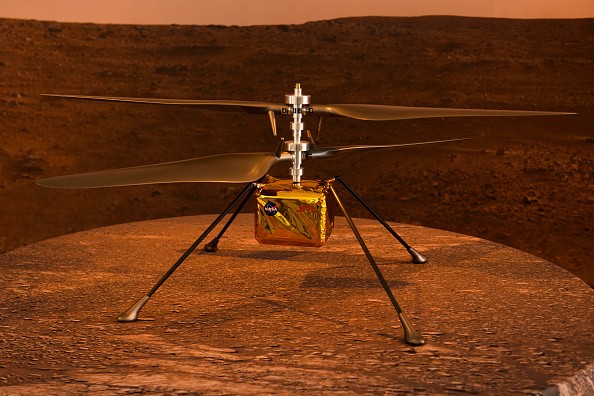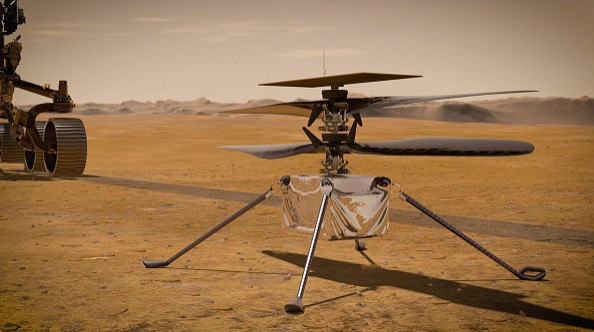The NASA Ingenuity helicopter achieved a new all-time high flight record on Mars.

The international space union recently conducted the Martian aerial vehicle's 35th flight.
This activity tested the robotic helicopter's four-foot-long rotor blades.
NASA said the latest extraterrestrial aerial mission, which is still a flight demonstration, exceeded their expectations.
NASA Ingenuity Helicopter Achieves All-Time High Flight Record!
Thomas Zurbuchen, the associate administrator of NASA's Science Mission Directorate, said that they didn't know if a powered, controlled flight of a robotic aircraft was really possible on the Red Planet.

The latest all-time flight record of the Ingenuity helicopter shows that flying on Mars is possible.
According to Mashable's latest report, the Ingenuity helicopter was able to reach 46 feet above the planet's desert floor, the highest-ever altitude reached by a powered aircraft on another planet.
The aerial vehicle stayed in the air for around 52 seconds, reaching over 7 miles per hour. Ingenuity did this while traveling 15 feet horizontally.
Is It Hard to Fly on Mars?
Space experts explained that flying on Mars is not an easy task to do. Unlike Earth, this planet has a very thin atmosphere.
It has only 1% of the surface air pressure of Earth. This means that the atmosphere of Mars has fewer air molecules.
This makes it hard for the Ingenuity helicopter's rotor blades to interact with the molecules to achieve flight.
But, thanks to this Martian aerial vehicle's advanced technologies, it could catch enough air and take flight without direct human control.
Aside from the new all-time high flight record, SciTech Daily also reported that the NASA Ingenuity helicopter also completed its first flight with a software update.
You can click this link to learn more about Ingenuity's Flight 34.
In other news, NASA confirmed that there would be ISS spacewalks before December ends.
We also reported that the NASA Artemis 1 Orion captured scenic shots of the moon.
For more news updates about NASA and its other space missions, keep your tabs open here at TechTimes.

ⓒ 2025 TECHTIMES.com All rights reserved. Do not reproduce without permission.




